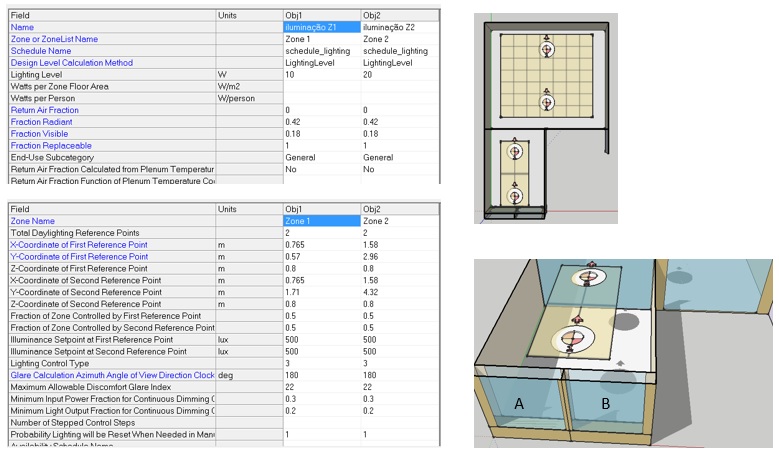Daylighting potential and electric end use
How can I compare the Light Electric power usage per hour before and after using daylight
sensors?
I suposed that Light Electric Power object is able to do this. Am I correct?
I want to report something like below image.

Source: (Garg, Vishal) Centre for IT in Building Science, IIIT, Hyderabad, India






